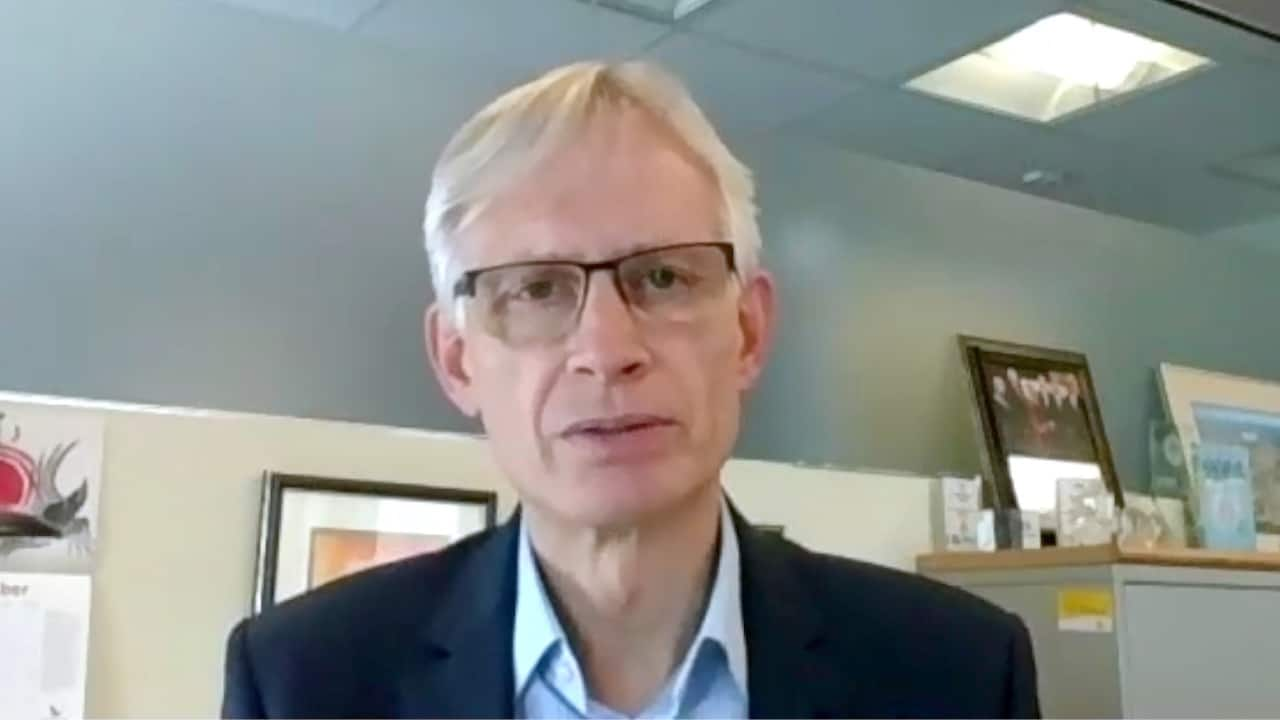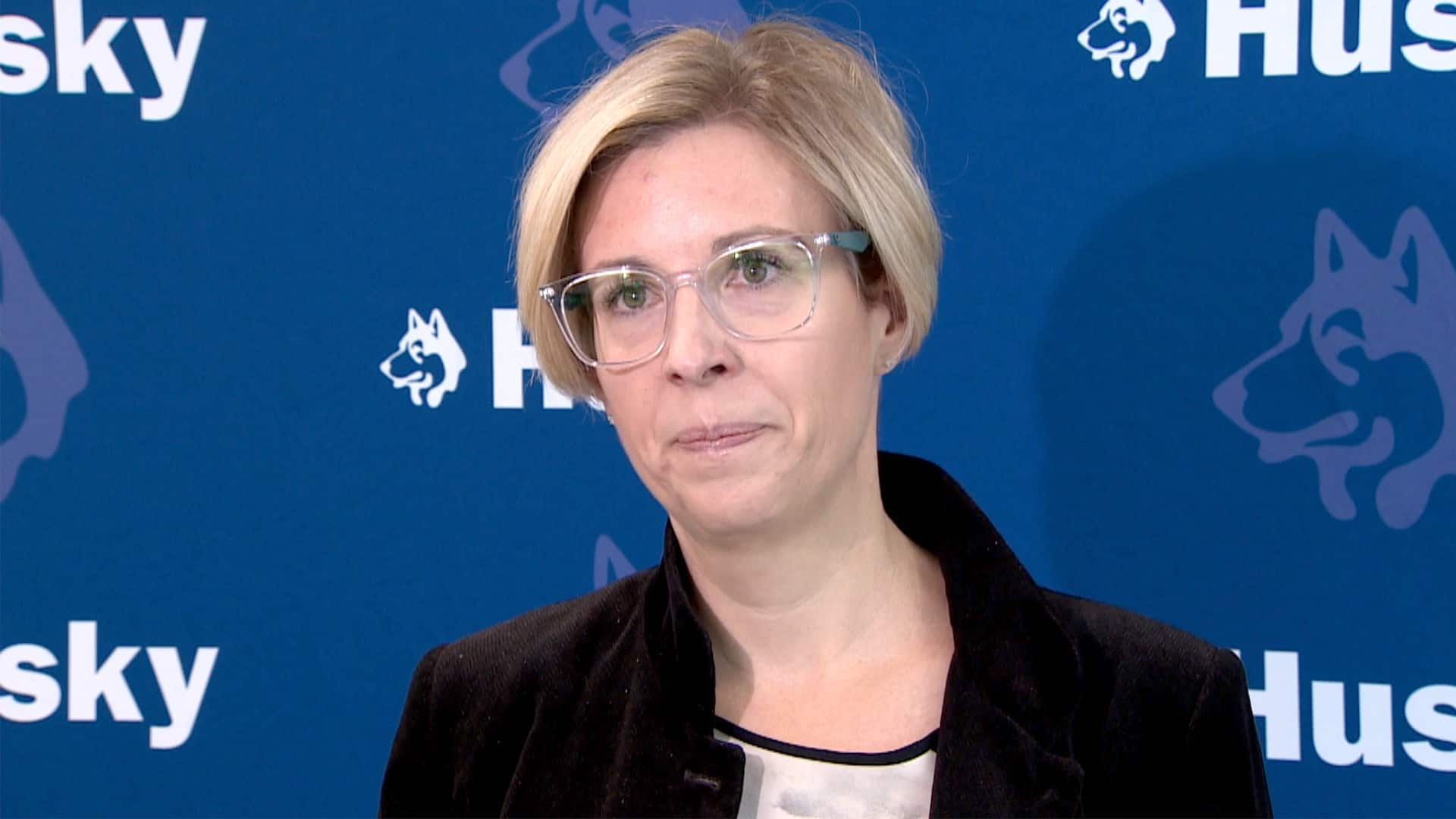Shell Canada will plant more than 800,000 trees in the interior of British Columbia next year, a project that the company hopes will create valuable carbon offsets in the future.
Shell is one of the companies pushing the federal government to create a national greenhouse gas offset program, which Ottawa announced last year with no specific timeline for when it might start.
Carbon offsets allow companies and individuals to invest in environmental projects in order to balance out their own greenhouse gas emissions.
Increasingly, energy companies are setting climate goals to achieve net zero emissions by 2050. While the firms expect technological innovation will play a big role in achieving those targets, in addition to sequestering emissions underground, purchasing offsets are a way to make sure there is at least a pathway to reaching ambitious environmental targets. While innovation will likely occur, the technology under development may not prove to be as effective as hoped.
WATCH: Why Shell is spending money planting trees:

The federal government has spent the last few years developing a national greenhouse gas offset system. Environment and Climate Change Canada is targeting 2021 to have the first federal offset protocols completed. The federal environment minister's office did not respond to an interview request.
Carbon offsets are not a silver bullet for the problem of greenhouse gases, but some companies and environmentalists view it as one tool in addressing climate change.
Reforestation in area hit by wildfires
The Shell project will plant trees in an area of B.C. that was ravaged by wildfires in 2017. The reforestation is a partnership with Central Chilcotin Rehabilitation, a Tsilhqot'in forestry company, to plant 840,000 native trees.
"Sooner or later people are going to realize they have to start doing business in a different way," Chief Joe Alphonse, tribal chair for the Tsilhqot'in National Government, said in an interview.
"We hope that it becomes a model for other First Nations and companies to follow," he said.
The cost of the two-year tree-planting project isn't being released. About 500 full-sized trees are needed to absorb the carbon dioxide produced by a typical car driven 20,000 km per year, according to the non-profit Tree Canada.
There are many other opportunities across the country to combat climate change, according to Shell.
"What we're looking for from the federal government and provincial governments are protocols that allow the rules of the game to be established for how these types of investments could be used as ways to offset emissions in other parts of the economy," Michael Crothers, the head of Shell Canada, said.
"This takes a lot of science, it has to be rigorous, it has to be validated by third parties."
There are many different ways of producing carbon offsets, including building renewable energy projects; capturing methane gases from landfills; and certain agricultural practices like zero tillage.
Farmers use carbon offset, too
Alberta has had its own carbon offset program since 2007, which involved many sectors, including agriculture.
Initially, there were concerns as some farmers were collecting sizable amounts of money without making any changes to their operations. As technology has developed, it is becoming easier to verify what actions a farmer has taken to improve the environment.
"Carbon, for a farmer, is a cost," said Nutrien chief executive Chuck Magro, pointing to carbon taxes and fuel taxes.

The Calgary-based international fertilizer company is among the firms who have developed digital data tools to track how much carbon is emitted from individual farms and how much is soaked up from the air in crops and soil.
"Tools to help farmers really understand their digital footprint, their environmental footprint, and then we'll hopefully be able to move that to being able to have them get paid to sequester carbon while they're producing healthy, abundant crops."

A farmer in Iowa is expecting to collect a cheque for $290,000 US for the carbon he sequestered over a five-year period. The credits were bought by Ottawa-based e-commerce giant Shopify through a carbon-credit marketplace run by Nori LLC of Seattle.
Shopify buys carbon credits to offset its own emissions.
Carbon offset systems have faced criticism in the past, including the overestimates of the amount of carbon removal and the effectiveness of certain activities, like tree planting.
Environmental groups in favour
A group of eight environmental organizations are supporting the creation of a national carbon offset program, including the David Suzuki Foundation and Environmental Defence.
As part of their joint submission to the government, the groups said a federal program would help ensure national consistency and national fungibility.
"Carbon offsets can have a legitimate role to play in providing compliance flexibility," the organizations wrote in the submission. "However, we would like to reinforce that offsets are not a way to avoid direct greenhouse gas emissions reductions, including from activities that cause emissions from the loss and degradation of ecosystems."
Husky Energy has both bought and sold credits as part of Alberta's carbon offset program, but the company wants the federal government to introduce a national system so it has the ability to offset emissions at its operations in different parts of the country where no offset schemes currently exist.
WATCH: Why Husky wants a national carbon offset program:

The company points to its West White Rose oil project off the coast of Newfoundland and Labrador as an example of a facility that could have net zero emissions. Husky plans to use technology to ensure the facility produces oil with 50-per-cent lower emissions compared to the average barrel of crude produced in the country.
If Husky was able to buy offsets at a reasonable price, officials say it could be a net-zero facility.

"The only way companies and really, the Government of Canada is going to achieve its net zero goals is by unleashing and unlocking the power of assets across our economy. We need to be able to take investments in one area and incentivize emissions reductions in another area including crucially across provincial boundaries," said Janet Annesley, Husky's senior vice-president of corporate affairs and human resources.
Achieving net-zero goals on a project, she said, would send a message to investors and governments that the industry takes climate change seriously.
"We have to unlock the power of working together; otherwise we're gonna fail together," Annesley said.
https://news.google.com/__i/rss/rd/articles/CBMiRWh0dHBzOi8vd3d3LmNiYy5jYS9uZXdzL2J1c2luZXNzL2NhcmJvbi1vZmZzZXRzLXNoZWxsLWh1c2t5LTEuNTgwMTgzOdIBIGh0dHBzOi8vd3d3LmNiYy5jYS9hbXAvMS41ODAxODM5?oc=5
2020-11-16 15:06:00Z
CBMiRWh0dHBzOi8vd3d3LmNiYy5jYS9uZXdzL2J1c2luZXNzL2NhcmJvbi1vZmZzZXRzLXNoZWxsLWh1c2t5LTEuNTgwMTgzOdIBIGh0dHBzOi8vd3d3LmNiYy5jYS9hbXAvMS41ODAxODM5
Tidak ada komentar:
Posting Komentar